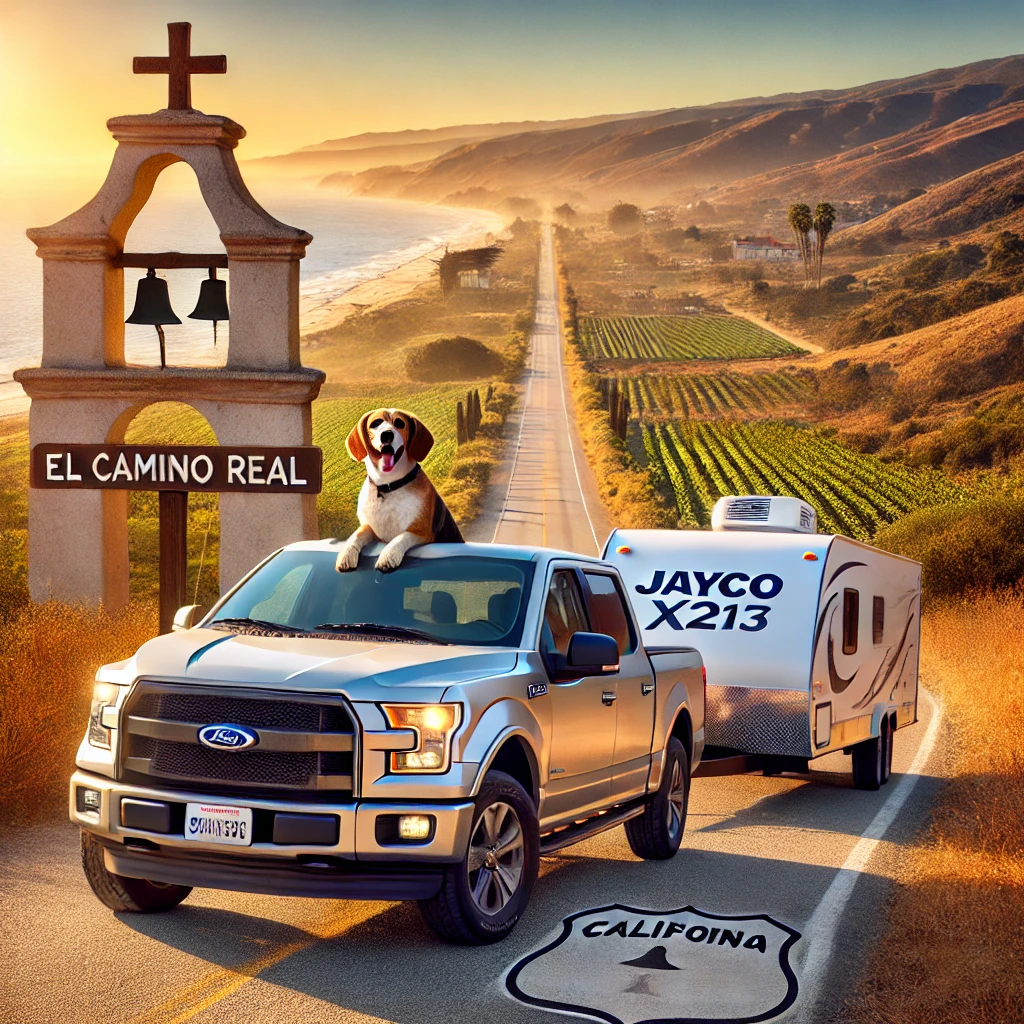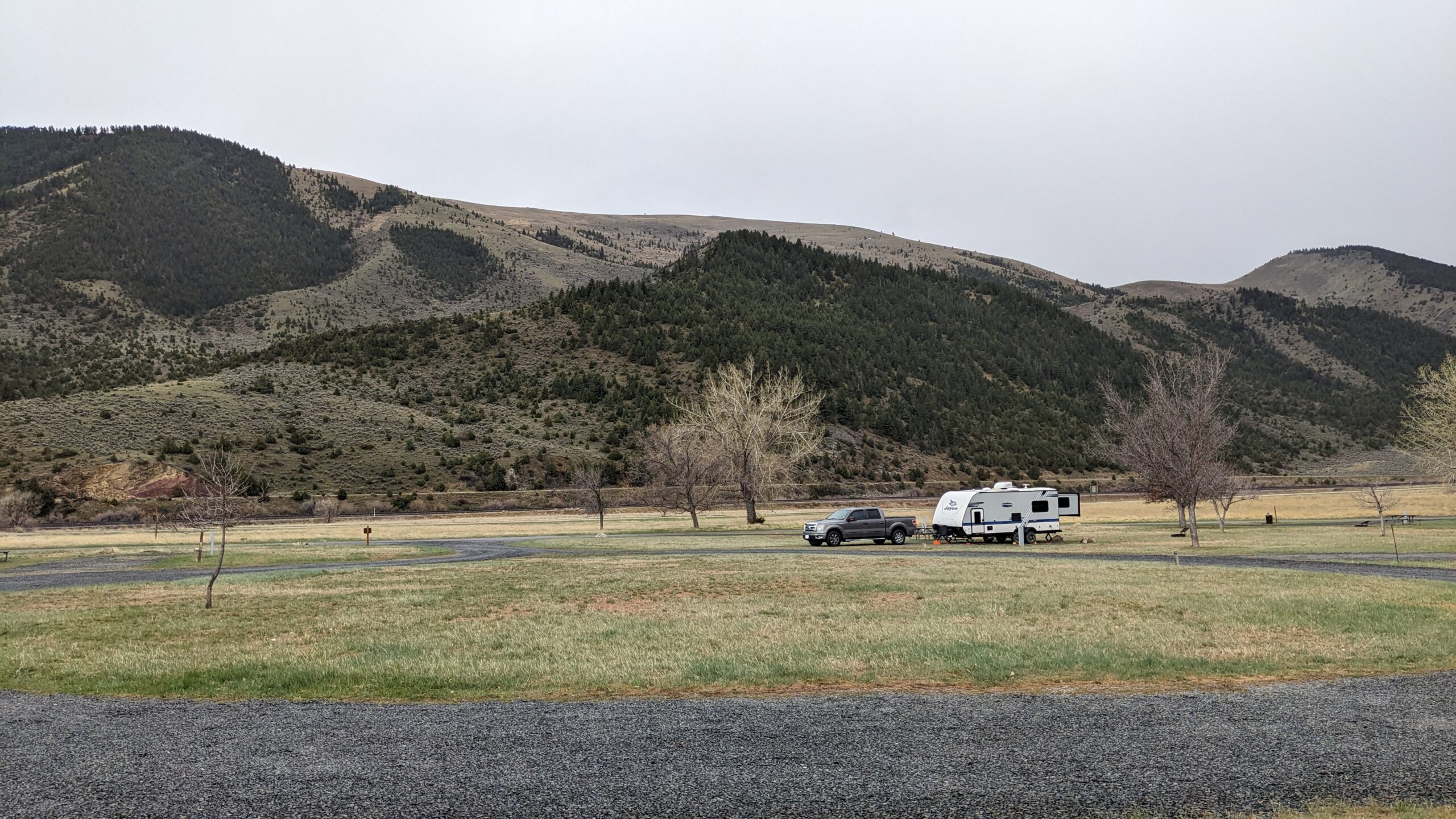El Camino Real, often referred to as “The Royal Road,” is a historic route that traces the path of 21 Spanish missions established between 1769 and 1823 in California. These missions were instrumental in the spread of Spanish culture and Catholicism throughout the region. Today, El Camino Real offers a fascinating journey through California’s rich history, blending cultural heritage with scenic beauty. In this guide, we’ll explore the route details, provide summaries of each mission, and offer Google Maps links to help you navigate your own El Camino Real adventure.

Route Details
El Camino Real stretches approximately 600 miles from Mission San Diego de Alcalá in the south to Mission San Francisco Solano in the north. The route follows modern-day highways, primarily U.S. Route 101, State Route 1, and various local roads. Along this journey, you’ll pass through charming towns, bustling cities, and picturesque landscapes, each with its own unique story connected to the historic missions.
- Start Point: Mission San Diego de Alcalá, San Diego, CA
- End Point: Mission San Francisco Solano, Sonoma, CA
- Total Distance: Approximately 600 miles
- Main Highways: U.S. Route 101, State Route 1
Mission Summaries and Google Maps Links
1. Mission San Diego de Alcalá
Location: San Diego, CAFounded: July 16, 1769Significance: First of the 21 missions and the birthplace of Christianity in the far west of the United States.Google Maps Link
2. Mission San Luis Rey de Francia
Location: Oceanside, CAFounded: June 13, 1798Significance: Known as the “King of the Missions,” it is one of the largest and most well-preserved.Google Maps Link
3. Mission San Juan Capistrano
Location: San Juan Capistrano, CAFounded: November 1, 1776Significance: Famous for the annual return of the swallows and its beautiful gardens.Google Maps Link
4. Mission San Gabriel Arcángel
Location: San Gabriel, CAFounded: September 8, 1771Significance: Notable for its “Pride of the Missions” architecture and rich history.Google Maps Link
5. Mission San Fernando Rey de España
Location: Los Angeles, CAFounded: September 8, 1797Significance: Features one of the most complete original mission complexes.Google Maps Link
6. Mission San Buenaventura
Location: Ventura, CAFounded: March 31, 1782Significance: The last mission personally dedicated by Father Junípero Serra.Google Maps Link
7. Mission Santa Barbara
Location: Santa Barbara, CAFounded: December 4, 1786Significance: Known as the “Queen of the Missions” for its beauty and majestic setting.Google Maps Link
8. Mission Santa Inés
Location: Solvang, CAFounded: September 17, 1804Significance: Offers stunning views of the Santa Ynez Valley and a rich collection of artifacts.Google Maps Link
9. Mission La Purísima Concepción
Location: Lompoc, CAFounded: December 8, 1787Significance: The most extensively restored mission, offering a glimpse into mission life.Google Maps Link
10. Mission San Luis Obispo de Tolosa
Location: San Luis Obispo, CAFounded: September 1, 1772Significance: Noted for its vibrant community and beautiful gardens.Google Maps Link
11. Mission San Miguel Arcángel
Location: San Miguel, CAFounded: July 25, 1797Significance: Known for its original paintings and well-preserved interior.Google Maps Link
12. Mission San Antonio de Padua
Location: Jolon, CAFounded: July 14, 1771Significance: Offers a serene and remote setting, surrounded by wilderness.Google Maps Link
13. Mission Nuestra Señora de la Soledad
Location: Soledad, CAFounded: October 9, 1791Significance: Known for its quiet and peaceful atmosphere.Google Maps Link
14. Mission San Carlos Borromeo de Carmelo
Location: Carmel-by-the-Sea, CAFounded: June 3, 1770Significance: Final resting place of Father Junípero Serra.Google Maps Link
15. Mission San Juan Bautista
Location: San Juan Bautista, CAFounded: June 24, 1797Significance: Features the largest mission church and a unique setting alongside the San Andreas Fault.Google Maps Link
16. Mission Santa Cruz
Location: Santa Cruz, CAFounded: August 28, 1791Significance: Known for its historic significance and quaint mission chapel.Google Maps Link
17. Mission Santa Clara de Asís
Location: Santa Clara, CAFounded: January 12, 1777Significance: Located on the campus of Santa Clara University, blending history with education.Google Maps Link
18. Mission San José
Location: Fremont, CAFounded: June 11, 1797Significance: Known for its beautiful mission church and rich history.Google Maps Link
19. Mission San Francisco de Asís (Mission Dolores)
Location: San Francisco, CAFounded: June 29, 1776Significance: The oldest surviving structure in San Francisco.Google Maps Link
20. Mission San Rafael Arcángel
Location: San Rafael, CAFounded: December 14, 1817Significance: Known for its beautiful setting and historical importance.Google Maps Link
21. Mission San Francisco Solano
Location: Sonoma, CAFounded: July 4, 1823Significance: The northernmost and last mission established in California.Google Maps Link
Exploring El Camino Real Today
Traveling El Camino Real is more than just a road trip; it’s a journey through California’s past. Each mission offers a unique glimpse into the region’s history, architecture, and cultural evolution. Whether you’re a history buff, an architecture enthusiast, or simply looking for a scenic drive, El Camino Real has something to offer.Here are some tips for making the most of your El Camino Real adventure:
- Plan Your Route: Use the Google Maps links provided to plan your visit to each mission.
- Take Your Time: Don’t rush through the missions. Spend time exploring each one to appreciate their unique stories and architectural details.
- Stay Overnight: Consider staying overnight in nearby towns to fully immerse yourself in the local culture and history.
- Visit Museums: Many missions have museums that showcase artifacts, historical documents, and exhibits that provide deeper insights into their history and significance.
- Attend Events: Check for special events, festivals, and reenactments at the missions. These events can offer a more immersive and engaging experience.
- Respect the Sites: Remember that many of these missions are active religious sites. Be respectful of their cultural and spiritual significance during your visit.
- Enjoy the Scenery: El Camino Real offers stunning landscapes, from coastal views to rolling hills. Take time to enjoy the natural beauty that surrounds the missions.
El Camino Real is a testament to California’s rich history and cultural heritage. By following this historic route, you can experience the legacy of the Spanish missions and gain a deeper appreciation for the state’s diverse cultural tapestry. With detailed route information and Google Maps links to each mission, you’re well-equipped to embark on your own journey along El Camino Real. Whether you’re exploring for educational purposes, spiritual enrichment, or simply the joy of travel, this iconic route promises an unforgettable adventure.So, pack your bags, charge your camera, and set out on the Royal Road to discover the stories that shaped California.




